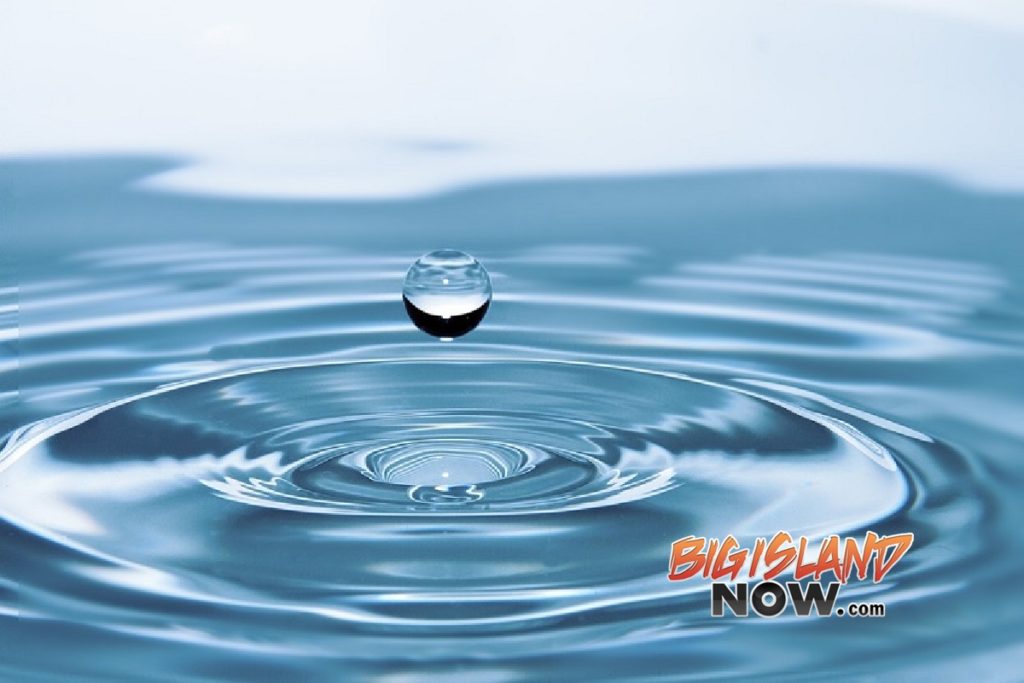Emergency Water Restrictions for Residents Affected by Lava Flow
 The Department of Water Supply issued information on Tuesday, May 8, 2018, about emergency water restrictions for residents affected by the recent lava flow.
The Department of Water Supply issued information on Tuesday, May 8, 2018, about emergency water restrictions for residents affected by the recent lava flow.
Yesterday afternoon, Monday, May 7, DWS completed the installation of a temporary bypass waterline to restore service to the affected area. However, refilling of waterlines and tanks will take some time.
Therefore, an Emergency Water Restriction is still in effect for Kapoho Beach Lots, Lanipuna Gardens, Pohoiki Bay Estates, Green Lake Farm Lots, Vacationland and all customers on Pohoiki and Kalapana Kapoho Beach Roads.
All DWS customers should restrict water use to health and safety needs (drinking, cooking and hygiene purposes) only. This will allow the refilling process to occur sooner. It is important for not just the waterlines, but for the tanks to be refilled in order to provide fire protection.
In the meantime, check your property for leaks that may have been caused by the earthquake on May 4.
Water spigots installed near the entrance of Lava Tree State Park and a water tanker in Vacationland are still available for the public to access.
DWS urges lower Puna residents to prepare an emergency kit with at least one gallon of water per day per person and each pet, for drinking and sanitation purposes. Residents should prepare for a prolonged water restriction duration due to the unpredictable nature of the situation.
To properly store water, you should:
- Use clean containers. Do not use containers that stored food with strong odors
(mayonnaise, pickles, etc.) as the water will pick up the odor during storage. - Disinfect containers. Wash and rinse containers thoroughly with a mild bleach
solution (one capful of liquid bleach to one gallon of water). - Fill container with water from the tap. Fill the container to the top, keeping a
minimal amount of air between the water and the cap. Store it in a cool, dark place. - Optional: boiling or bleach disinfection. If you prefer, you can boil water before storing it. You should boil the water for at least three minutes and let it cool down until it is slightly warm. Fill the containers, and then seal and store immediately. Liquid bleach may also be used to disinfect water that has not been boiled. Add one drop of bleach per gallon of water, and seal and store immediately.
DWS is actively monitoring the situation and is coordinating its emergency response plan with the Hawaiʻi County Civil Defense: www.hawaiicounty.gov/civil-defense.
Find more information at these links:
Hawai‘i State Civil Defense
Hawai‘i State Department of Health
Department of Homeland Security
U.S. EPA
For additional information or concerns, call (808) 961-8050 during normal business hours,
(808) 961-8790 for after-hour emergencies, or email [email protected].
Updated information will be forthcoming as it becomes available.












